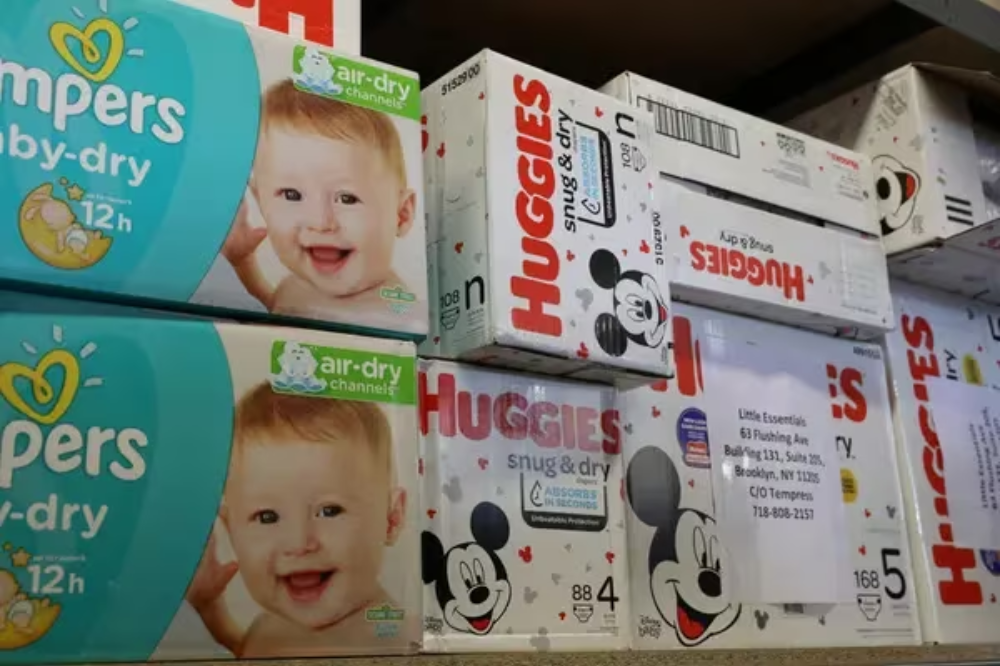The diaper market giants, Procter & Gamble (P&G), owner of Pampers, and Kimberly-Clark (K-C), holder of Huggies, are facing a new challenge: the declining birthrate.
With fewer babies being born, a scenario that was already unfolding in developed countries is now spreading to emerging markets, like Brazil, impacting sales and requiring new strategies from companies to maintain growth and profitability.
Decline in the United States birthrate
The decline in the birthrate in the United States is a concerning phenomenon that has intensified in recent years.
In 2020, the rate reached its lowest level since 1979, with 1,736 births per 1,000 women of childbearing age. This drop represents a decline of 18% compared to 2007 and 45% compared to 1960. In 2023, the country recorded the lowest number of births since 1979, with just 3.6 million babies born.
This is a complex problem, primarily influenced by economic issues, as raising a child in the US is increasingly expensive, with the costs of housing, education, and healthcare rising and pressuring family budgets.
Furthermore, the lack of government support discourages an increase in birthrates, as the United States offers less support to families than other developed countries, such as maternity leave and subsidized daycare.
Not to mention that prioritizing individual careers, choosing not to have children, and increasing gender equality also influence the decision to have children.
Decline in birthrate and the diaper market
Disposable diapers were introduced in the US during World War II, a period when a large number of women began working and thus no longer had time to wash the cloth diapers used at the time.
Thus, over the years, diapers have become increasingly indispensable items for families around the world, serving as a facilitator in the routine care of babies.
The problem is that with the decline in the birthrate in recent years, this market is being strongly impacted, harming a business that moves about $5.9 billion a year.
The decline in birthrate is a problem never before seen for the disposable diaper duopoly of Procter & Gamble (PG), which produces Pampers and Luvs, and Kimberly-Clark (K-C), manufacturer of Huggies.
This scenario is further worsened by the rise in inflation in the United States, which makes baby care items more expensive, which since the pandemic has caused many American families to reduce the consumption of disposable diapers in the country.
A market research conducted by Circana showed that the retail price of a disposable diaper package increased by 35% between 2019 and 2023.
With the increase in prices, many mothers are opting for earlier potty training, using reusable diaper options (which are also more environmentally friendly), and even changing diapers less frequently during the day.
Company strategies
To deal with this scenario, disposable diaper companies are looking for alternatives to boost their sales. One of them is the diversification of their products, focusing on adult diapers, ecological diapers, and pet diapers, markets that still have growth potential.
Another strategy is expansion into new markets, such as Africa and Asia, where the birthrate is still high. P&G, for example, is investing in building new factories in China and India.
Huggies, on the other hand, is betting on technological innovations, such as the development of smart diapers that monitor the baby’s moisture and pH.
The company also invests in digital marketing to reach new consumers. Experts believe that the diaper market will continue to be challenging in the coming years.
Companies that can adapt to new trends and offer innovative and personalized products will be the ones that stand out the most.

